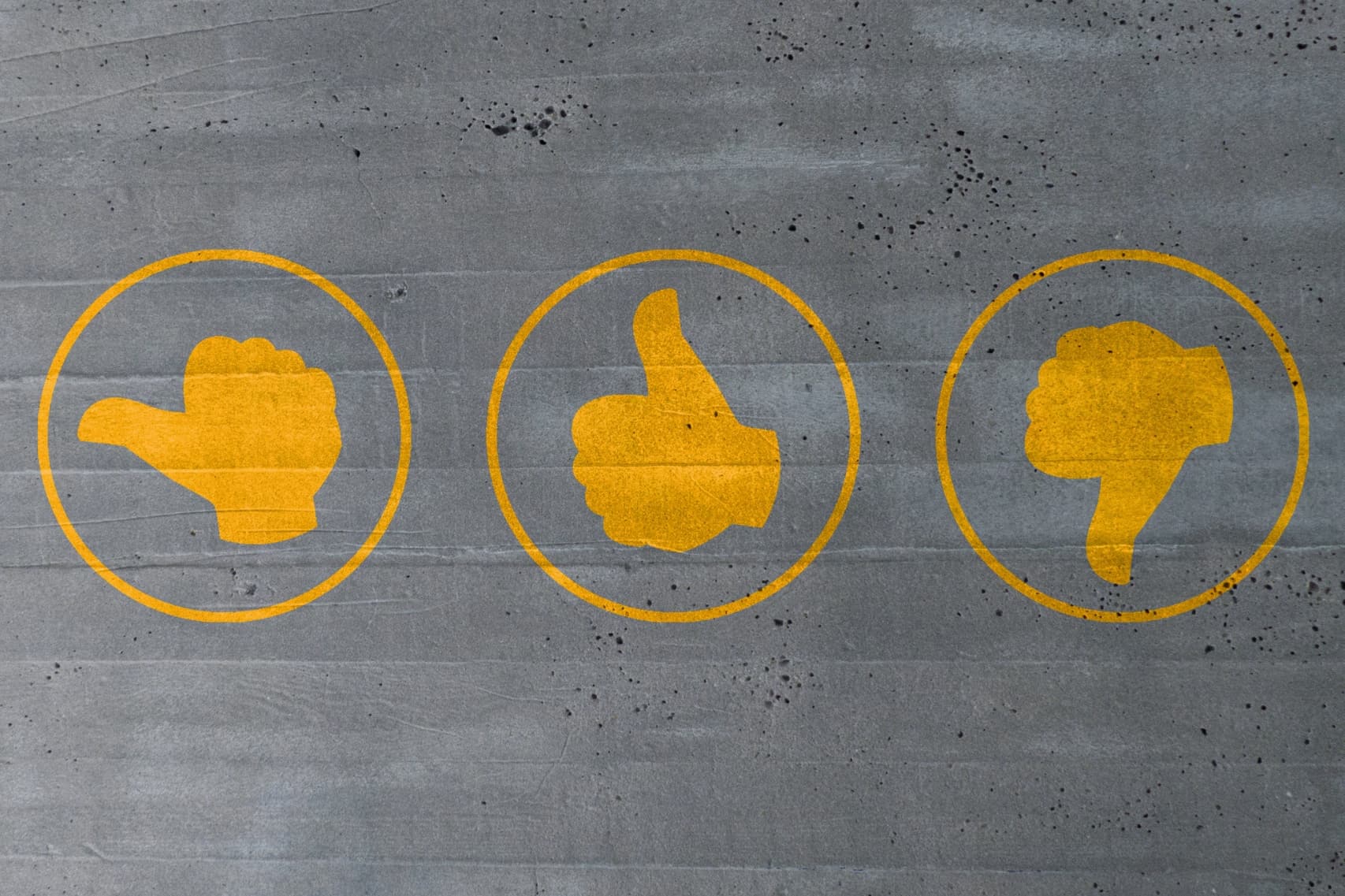A new EOS referendum tool is expected to enter the public beta phase this week. EOS Nation, the team behind the effort, says that the tool will help users stake their tokens in a way that is analogous to a ballot system, where each voter stakes a chosen number of tokens towards an outcome.
The release was initially expected on October 26. However, the vote called to hold back the release as the tool wasn’t fully ready. The team is scheduled to vote again today, October 30.
What Does the EOS Referendum Tool Do?
EOS Nation comprises individuals who are members of competing block producers, but have come together to strengthen the EOS governance system.
As the team states in their blog post, the Referendum tool has multiple features:
We’re providing the community with a tool to enable EOS token holders to vote on proposals with their staked tokens. The referendum system is made up of a forum smart contract for submitting proposals and casting votes, a tally system for counting the EOS staked towards each ballot option, a voting portal UI with support documentation to facilitate easy voting, and support for integration with wallets and alternative UIs so token holders can participate in the interface they’re most comfortable with.
The progress report indicates that an EOS Forum smart contract is live on the eosforumrcpp account, as is a prototype tally system. A voting portal is operational but incomplete. EOSVotes.io, a portal created for the voting, is being polished for actual use.
While it’s likely that the efforts will be welcomed by investors and participants on the network, EOS Nation admits that there is a lot of work to be done.
The referendum project currently suffers from some stability issues when under a high load, but the team has been working hard to correct problems with the tool, as gleaned from the improvements since a roadmap update on August 9.
Reigning in Centralization on the EOS Network
EOS has received criticism for its governance model, which has been described as being vulnerable to centralization. Vitalik Buterin himself, in a lengthy and insightful written piece, has analyzed the Distributed Proof-of-Stake model and noted how it can lead to vote buying.
Indeed, with the recent uproar over reports that Singaporean exchange Huobi received funding in return for colluding with other block producers (Huobi is one of the 21 block producers on the network ), the scrutiny on the EOS protocol has intensified even further. As many experts note, corruption breeds when power becomes concentrated.
However, despite the rocky start to its launch, EOS is still in its nascent stages, and several independent efforts have been launched to reign in centralization.
A whistleblower program, modeled on the Dodd-Frank Act which was passed by the U.S. SEC following the 2008 recession, is being developed by an EOS supporter, BlockchainKid.
The countermeasure, called WHISPER, involves 4 to 8 community members policing the action of block producers. This committee would have its members selected on a variety of factors, including geographic location, so as to prevent the concentration of power in regions like the Americas and China.
General market investors who impartial to EOS should take note of the fact that the EOS network is slowly growing, which is an absolute necessity for a project that is directly competing with Ethereum.
Recently, a new EOS protocol called EOS21 was released by Spanish development team shEOS, which allows Ethereum tokens to be “teleported” to the EOS blockchain without any loss in function. Such developments could do well to increase the appeal of the EOS platform.

